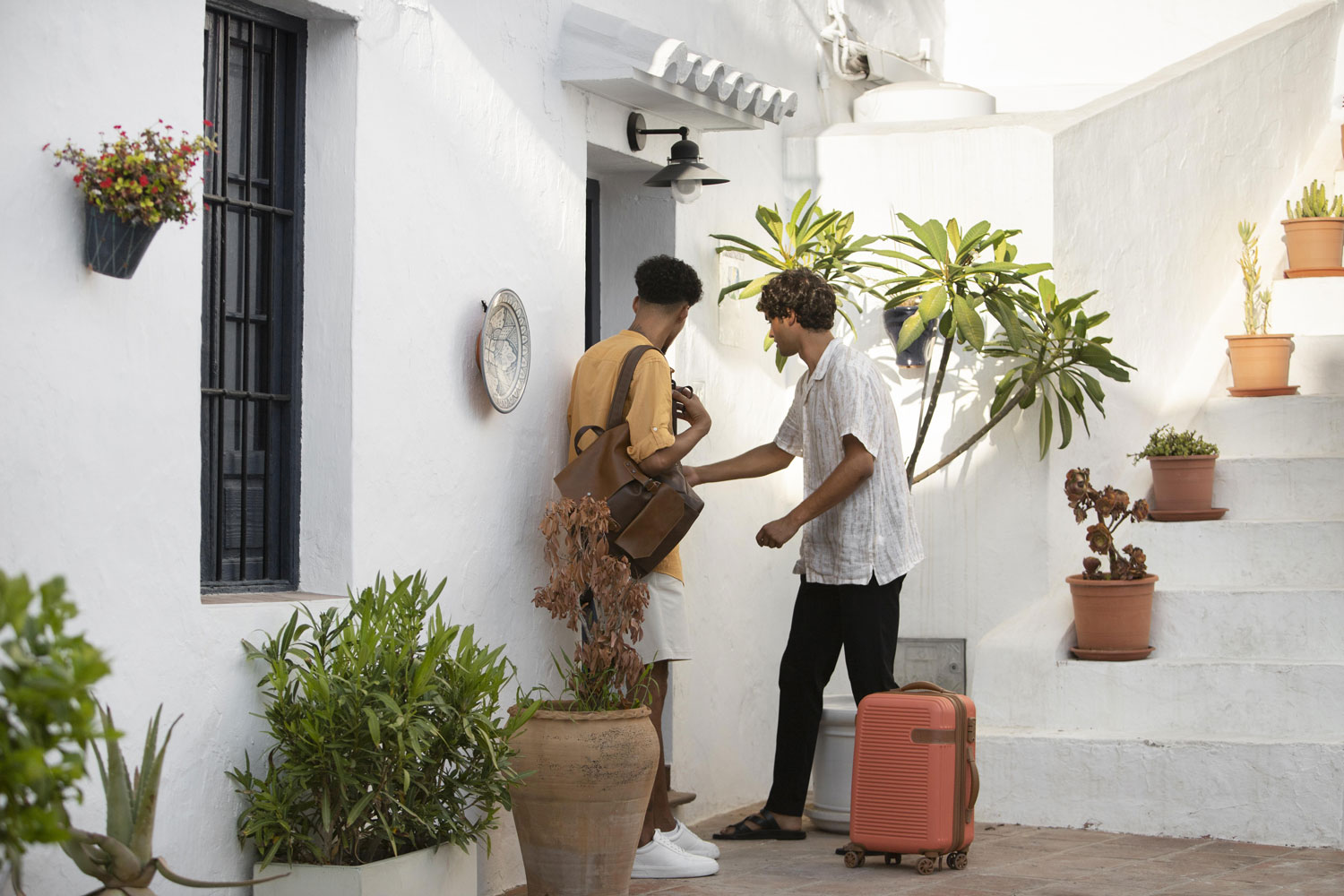
01 Sep Tourist rentals
Rural houses, rural tourist accommodation dwellings, dwellings for tourist purposes and tourist flats are variants of the same reality, the exploitation of real estate.
The reason for the rise and legislative development of the phenomenon of tourist rentals arises as a result of the modification of the LAU. Article 5 e) expressly excludes tourist rentals from its scope of application. It also offers a generic definition of what the state legislator broadly considers to be its concept, in order to differentiate it from residential rentals.
As a result of this exclusion, the legal regime applicable to tourist rental varies in each Autonomous Region, since each one has its own competences in tourism matters.
Having such a broad regional framework means that each regional legislation must not contravene individual economic rights such as freedom of enterprise, free access to the activity of providing services, the right to competition and the right to property.
These rights and freedoms have come into conflict in several Autonomous Regions, as has also been the case in Andalusia, where the tourism sector is to a large extent the driving force of the economy (STS 1400/2019 of 21 October 2019, STS 148/2020 of 6 February 2020).
Law 13/2011, of 23 December, on Tourism in Andalusia, recognises that municipalities have their own tourism powers, which has led to the easy and rapid implementation of tourist rental as opposed to residential rental.
Although currently, due to the economic impact of the pandemic, some property owners have assumed the responsibility and risks of economic recovery, they have opted for long-term or residential rental as opposed to tourist rental, which is characterised by its temporary nature.
In fact, the phenomenon of tourist rental, due to its temporary nature, is becoming a problem in some cities. The proliferation of this type of rental has meant that many of the neighbourhoods in the historic centre of many cities have lost what made them truly attractive to visitors, their own authenticity, due to the phenomenon of gentrification in favour of touristification.
The location of properties destined for tourist rental in residential buildings, and designed by their owners as tourist exploitation units, has not been free of inconveniences, above all due to the disturbance of coexistence in the communities of owners.
Article 7.2 of the LPH limits the development of activities prohibited in the EETT, which are harmful to the property or which contravene the general provisions on annoying, unhealthy, harmful, dangerous or illegal activities. This limitation affects owners and occupants, and therefore any tenant. And article 17.12 requires the favourable vote of 3/5 of the total number of owners, who in turn represent 3/5 of the participation quotas, for the adoption of the agreements of the Owners’ Meetings, in which it is intended to limit or condition the exercise of the activity of tourist exploitation in a CCPP.
There are fewer problems with these rentals in rural areas, as the dwellings intended for tourist rental must be constituted as a rural house (CR) or as a rural tourist accommodation dwelling (VTAR). And only in the event of not being able to meet the requirements of these two figures, will they be able to do so as a dwelling for tourist purposes (VFT), with the limitation of not being able to be marketed as rural accommodation.
While awaiting a new regulation of the VFT in Andalusia, we must not forget that the relationship between Tourism and Town Planning has always been inseparable. The creation of urban fabric for sun and beach tourism has been linked to the urban planning in force at all times, through the regime of uses.
It also plays an important role in the management of tourist activity in urban destinations. The flexibility of the new urban planning model in Andalusia offers its own response in Art. 22, 27, 29 and 31 of the LISTA, regulating the implementation of new uses and their change, or new urban development actions on rural land, which include tourist use.
Just as social forms evolve, an effort and commitment on the part of the Autonomous Regions and Municipalities is needed to minimise the impact of the tourist rental phenomenon compared to residential rental, to organise the tourist sector and to make it more productive, sustainable and responsible.





No Comments